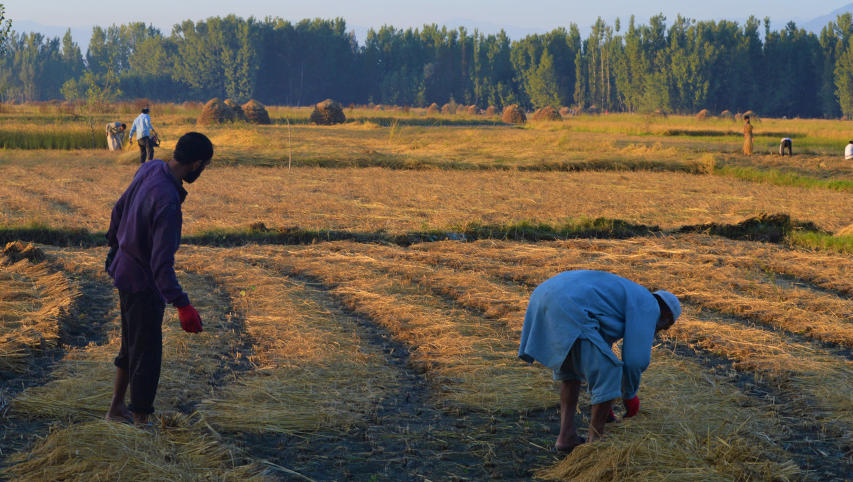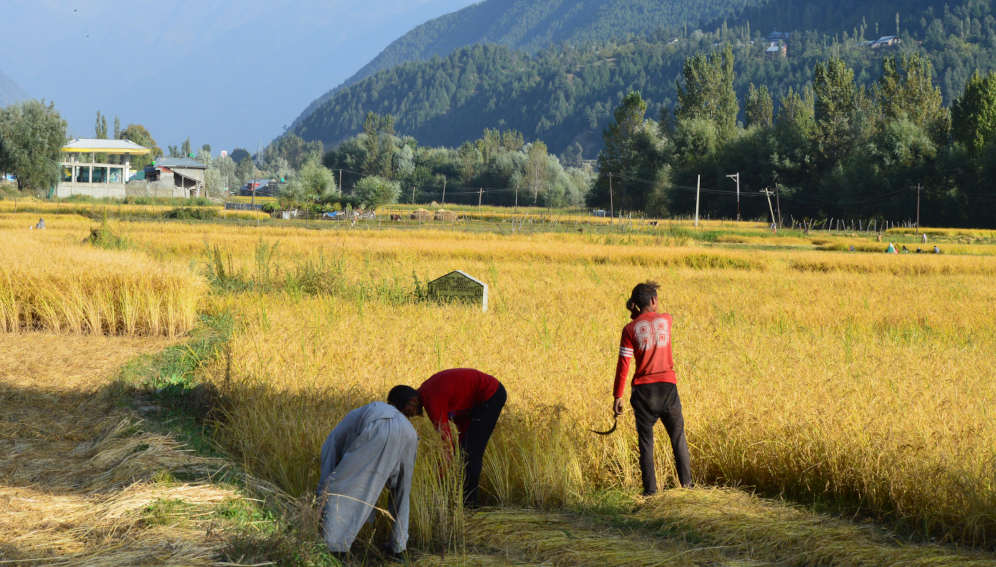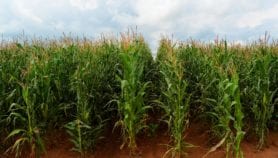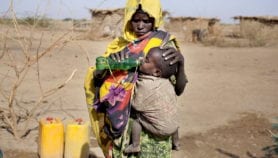By: Athar Parvaiz
Send to a friend
The details you provide on this page will not be used to send unsolicited email, and will not be sold to a 3rd party. See privacy policy.
[NEW DELHI] An Indian export ban on non-basmati rice has spurred calls to pursue greater self-sufficiency among rice-consuming countries and expand rice production to new areas such as Africa for increased food resiliency.
David Dawe, an economist specialising in food policies and formerly with the Food and Agriculture Organization, said that the ban would lead to “a lot of emphasis on becoming self-sufficient” in rice-importing countries.
“It will be important for them to invest in agricultural research, to increase competitiveness and productivity of their domestic farmers so that their domestic production situation is healthier,” Dawe said.
Hybrid rice is “the most viable option” for many countries as it increases yields by around 30 per cent, said Jauhar Ali, principal scientist and head of the Hybrid Rice Development Consortium at the Philippine-based International Rice Research Institute (IRRI).
Ali also highlighted the importance of investments in irrigation, research and extension, postharvest facilities and organic fertilisers to complement the adoption of hybrid seeds.
Last month, Chinese researchers announced a new type of hybrid rice, which is twice as tall as standard varieties, with yields more than 30 per cent higher – 12 metric tonnes per hectare from nine metric tonnes.
Ali said the giant hybrid rice was originally developed by the late Chinese scientist Yuan Longping who believed that increasing the biomass of the rice plant and efficiently converting it into grain yield is the solution to breaking the yield plateau – where farmers reach the limit of what they can grow.
However, he tempered expectations, explaining that although it has the potential to help many countries to become more self-sufficient in rice production, the research is still in the early stages.
Ali told SciDev.Net that countries in Asia and Africa currently need “high-yielding rice hybrids that are of shorter duration (less than 120 days) and nutrient-use efficient while addressing the market requirements”.
In the Philippines, the government will soon be supporting local farmers by providing hybrid rice and fertiliser to around 842,000 hectares of irrigated areas under a national rice programme, according to Flordeliza Bordey, a deputy executive director at PhilRice.
“Apart from mainstreaming our climate change adaptation strategies, we intend to increase the production share of the dry season relative to the wet season,” Bordey said.
“We are also leveraging digital transformation to efficiently and effectively implement these strategies. Thus, with or without the export ban, the Philippine government will continue its programme to improve its local production capacity.”
According to a report by the US Department of Agriculture released last week (12 September), the Philippines is projected to surpass China as the world’s top rice importer.
Indian elections
India is the world’s largest exporter of rice, accounting for around 40 per cent of global exports.
In July, the country imposed a ban on the export of non-basmati white rice to ensure adequate availability in the Indian market and to calm rising domestic prices. But the move has led to inflationary pressure and added to global food supply shortages.
In August, the Indian government also imposed a 20 per cent additional duty on basmati rice “to prevent the possible illegal exports of white non-basmati rice in the garb of basmati rice”.
The government has not indicated how long the ban will last, but some experts believe it could continue until May next year.
“Since general elections in the country are just a few months away, the government doesn’t want to take any risk about the rise in food prices,” GV Ramanjaneyulu, executive director of the Centre for Sustainable Agriculture, told SciDev.Net.
“So, the ban, in my opinion, will continue until May when general elections will be held.”
Similarly, Jitender Mohan Singh, director of the Agro-Economic Research Centre at Punjab Agricultural University, says that he doesn’t expect the ban to be lifted any time soon.
“Availability of rice in the country is crucial for the domestic use and especially because the government has to provide free food grains to 81 crore [810 million] people in India under the prime minister’s free distribution of food grain scheme,” Singh told SciDev.Net.
However, Tarun Bajaj, director at India’s Agricultural and Processed Food Products Export Development Authority, told SciDev.Net, that this was all speculation.
“As of now, there is no reason for us to say that the ban will continue till May next year,” he said, declining to comment on when the ban will end.
“I don’t see any merit in what is being said about the ban,” he added.
Food security risks
According to the International Food Policy Research Institute, 42 countries receive more than 50 per cent of their total rice imports from India. It says this share would not be substituted easily with imports from other large exporters such as Vietnam, Thailand or Pakistan.

Indian farmers harvesting paddy. Photo by Athar Parvaiz.
A policy brief by the CGIAR research centre AfricaRice, said India’s rice export ban would likely lead to food and nutrition security issues, especially in Africa.
Africa accounts for a third of global rice imports, according to AfricaRice. Rice is grown in about 40 out of 54 countries in Africa and rice cultivation is the main activity and source of income for more than 35 million smallholder farmers in Africa.
The brief said that while African countries have taken some steps towards food self-sufficiency, they need to take additional measures such as purchasing climate resilient seeds for popular rice varieties, investing in irrigation, and encouraging development of regional fertiliser manufacturing plants to reduce dependency on imports.
This piece was produced by SciDev.Net’s Asia & Pacific desk.














